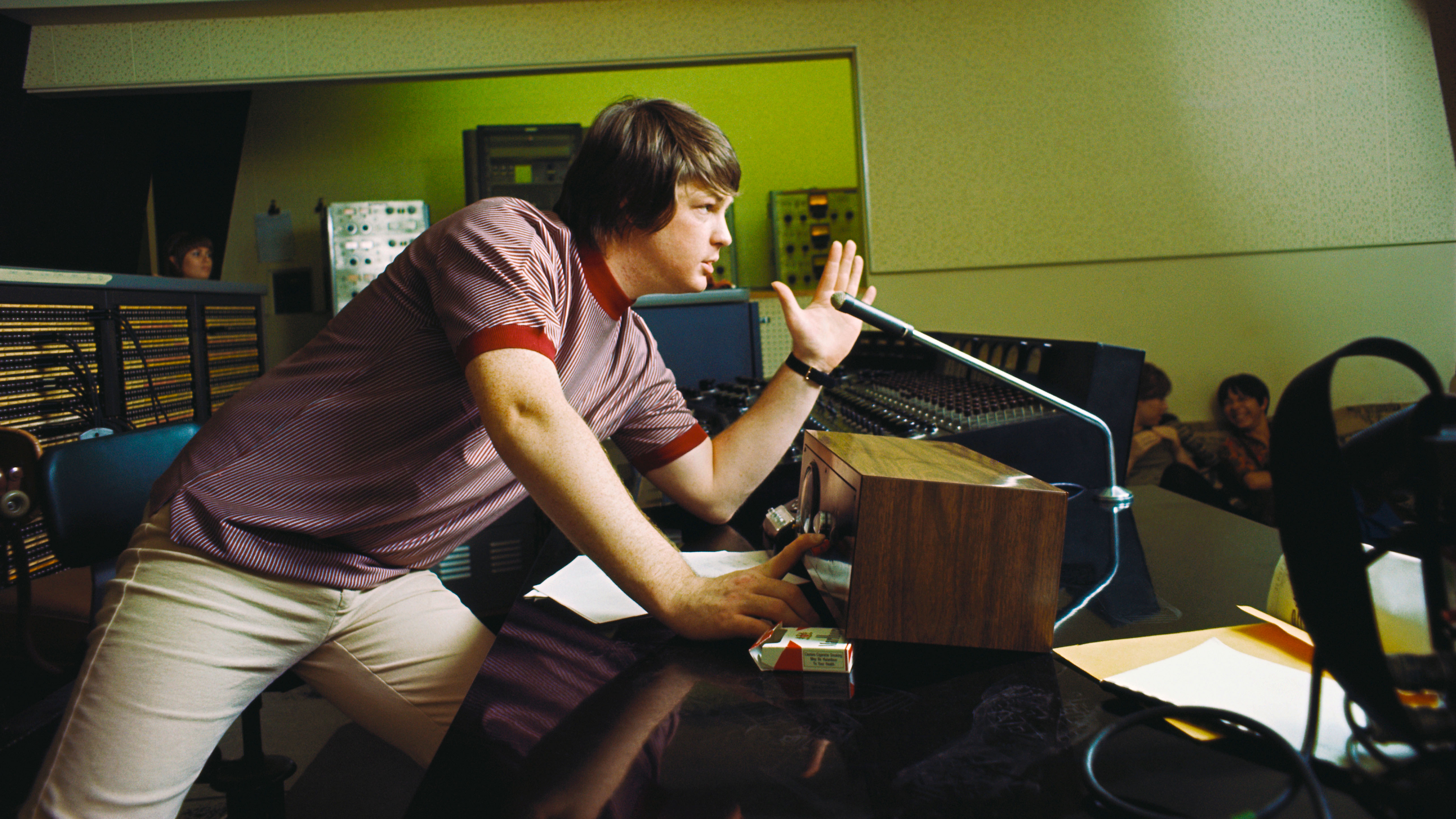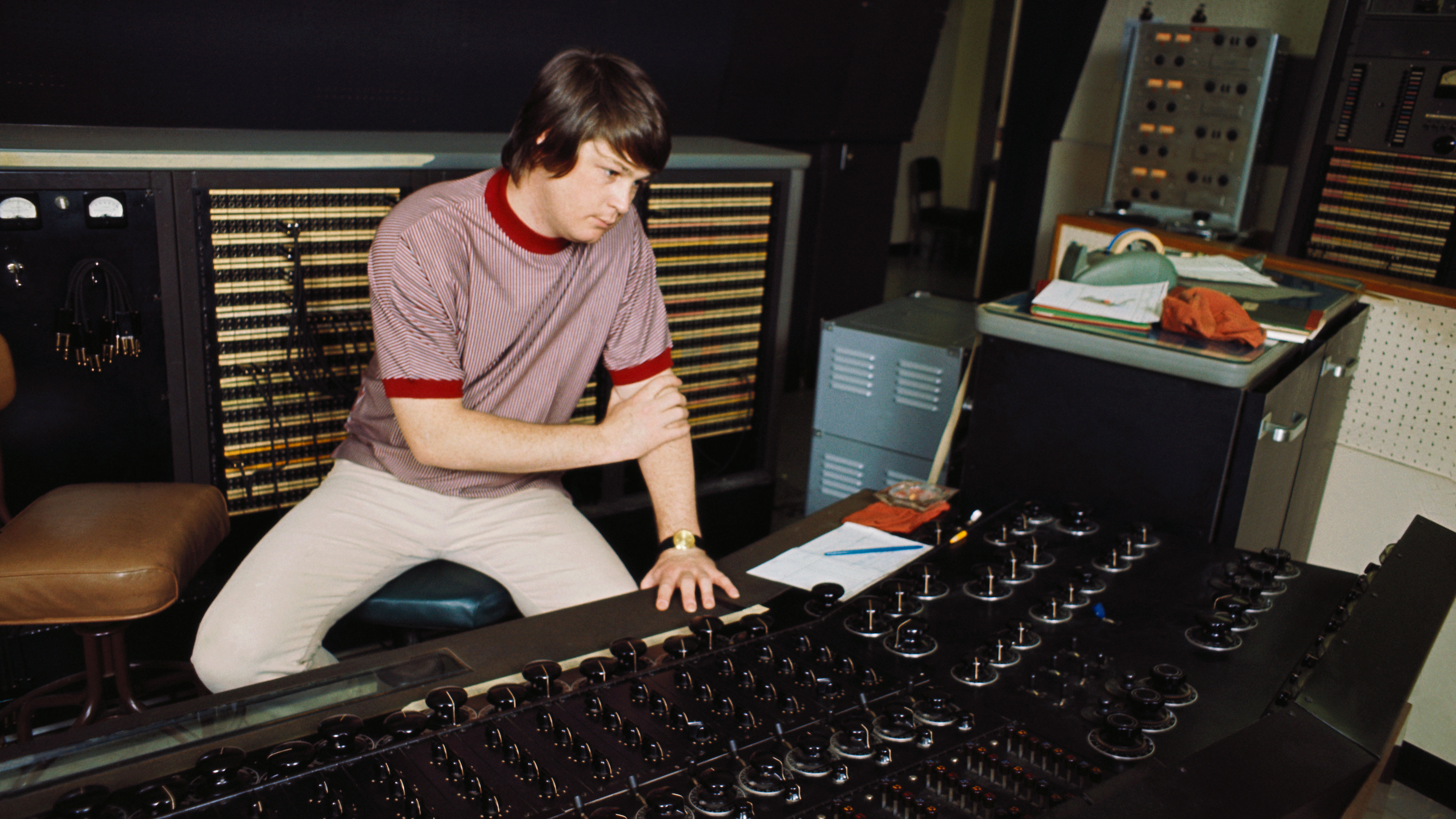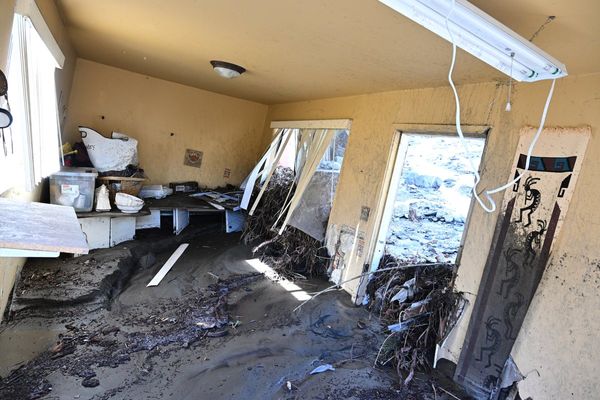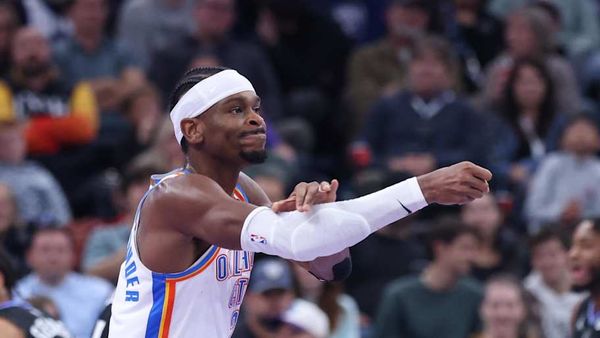
Join us for our traditional look back at the news and features that floated your boat this year.
Best of 2024: The Beach Boys were midway through their 1966 tour of Japan and Hawaii when their founder, leader and sonic visionary Brian Wilson began the writing sessions that would yield God Only Knows, a majestic and achingly beautiful paean to love that Paul McCartney has reportedly called the greatest song ever written.
It was January 1966 and Wilson’s growing fear of flying had prompted him to stay at home in Los Angeles and send Glen Campbell out on tour in his place. From January to April 1966, Wilson and guest lyricist Tony Asher worked on the album that would become Pet Sounds, the first pop album conceived as one coherent work of art.
God Only Knows would become a crowning creative achievement of the seminal album Pet Sounds, its plaintive loneliness elevated by Carl Wilson’s wonderfully emotive vocal. It is a song that exists entirely in its own space, a masterpiece that remains as beautiful and awe-inspiring as the day it was released.
By mid-1965, Brian Wilson had tired of writing songs about surfboards, hot rods and girls, and decided it was time to start writing songs for “geeks” such as himself. Freed up from touring commitments, he had time to pursue his creative visions.
Wilson and his wife Marilyn had moved into their new home at 1448 Laurel Way in Los Angeles and it was here that Wilson experienced a rush of creativity. In January, 1966, he painstakingly planned an album fuelled by the idea of “making of music for people on a spiritual level”, as he said in Keith Badman’s 2004 book The Beach Boys: The Definitive Diary Of America’s Greatest Band, On Stage And In The Studio.
Wilson was a creative colossus; writing, arranging and producing the songs. But he needed help with lyrics. In late 1965 he was at a Hollywood party when he was introduced to Tony Asher, an advertising executive who had written jingles for companies such as Mattel and Max Factor. The two men hit it off and Asher visited Wilson to start work on the lyrics for Pet Sounds. They began by discussing Wilson’s interests in spiritual literature and the nature of love.
Wilson played Asher the pieces of music he had written for Pet Sounds and Asher wrote lyrics to fit the themes that Wilson had in mind. But when they got to God Only Knows, an argument began. Wilson was adamant that the opening line Asher had written “I may not always love you” was far too negative for a love song. Asher held his ground.
“I liked that twist, and fought to start the song that way,” said Asher in Charles Granata’s 2003 book, Wouldn’t It Be Nice: Brian Wilson And The Making Of The Beach Boys’ Pet Sounds. “Working with Brian, I didn't have a whole lot of fighting to do, but I was certainly willing to fight to the end for that.”
Wilson’s second concern was the use of ‘God’ in the title. In the deeply religious America of the mid-'60s, using the ‘G’ word in a pop song was tantamount to blasphemy.
Asher convinced Wilson that it was spiritual and innovative, attributes that they were aiming for. But Wilson was proved right. When the song was released, God Only Knows was flipped with its B-side Wouldn’t It Be Nice after radio stations and record stores objected on the grounds it would cause widespread offence.
Given the complexity of God Only Knows, its actual creation was staggeringly quick. “I wrote God Only Knows in 45 minutes,” Wilson told Adrian Deevoy of The Guardian in 2015. “Me and Tony Asher”. But recording the song would take a great deal longer.
The Pet Sounds album was recorded between 18 January and 13 April 1966, with Wilson producing and Chuck Blitz engineering. God Only Knows was one of the last songs to be recorded and instrumental tracking began at 12:30am on 10 March, 1966. The location was Studio 3 at United Western Recorders, located at 6,000 Sunset Boulevard.
Twenty musicians were crammed into Studio 3 and many were members of the Wrecking Crew, the gifted and hip collective of LA session musicians who played on hundreds of Top 40 hits in the '60s and '70s.
Wrecking Crew regulars that day included drummer Hal Blaine, drummer Jim Gordon on percussion and renowned bassist Carol Kaye, who on this session played 12-string guitar. Carl Wilson also played 12-string that day. The bass part was played on upright bass by Lyle Ritz alongside a punchier-sounding electric bass guitar, played by Ray Pohlman.

Brian Wilson’s talent for achieving the exact sound he wanted shines through on the recording. The choice of French horn on the iconic opening motif, against Don Randi’s percussive piano chords, is inspired.
To his credit, Wilson was completely open to collaborative suggestions from the musicians on the studio floor, as is evident from audio clips of the session below from Behind The Sounds.
Distinguishing features of the arrangement include an echo-laden "clip-clop" percussion part, played by Jim Gordon on the bottom of two plastic orange cups, and Hal Blaine playing sleigh bells on every beat. The song’s iconic French horn part was played by Alan Robinson of the 20th Century Fox orchestra, who one year earlier played on the soundtrack of The Sound Of Music.
From the outset of the session, Brian Wilson was intensely focused. Three Dog Night singer Danny Hutton was at the session and marvelled at Wilson’s production skills. “[Brian] would hear something wrong, and bam 'One more time',” recalled Hutton in the 1997 Pet Sounds Sessions booklet. “I just sat there and didn't say a word. I had been in sessions where I thought to myself, they should do this and that. Not this time. I just shut up. What could I add?”
Wilson and the musicians worked fast, but the real stumbling block was the instrumental section. This is where the open collaboration between producer and musicians really bore fruit, as the audio from the session on Behind The Sounds series illustrates.
The musicians struggled to play the section’s accents and pushes in the way that Wilson wanted. It was pianist Don Randi who found a solution: “Let’s try when we get to that part, instead of playing the quarter note full, make it like a staccato note ‘bop, bop…” he suggested. It was a spontaneous suggestion from Randi that in an instant, brought cohesion.
Wilson then focused on the drums in the middle section. “Try a tom-tom one…let me hear it right now,” Wilson told drummer Hal Blaine. But it’s not the sound Wilson hears in his head. "Do a snare one," he suggested. "That’s it. Okay, let’s go".
And so it goes on. Wilson and the musicians worked fast and hard. Much of the talkback from the studio floor was swamped in echo, a result of the huge Phil Spector Wall of Sound ambience that Wilson so admired.
"Alright, Take 20' Wilson said later in the session. “One good strong take and we’ve got it… let’s play it strong, let’s go, move in closer flutes for the fade out."
And that as it turned out, was the take. The session ended at 4:30 a.m. It had taken just four hours to create a masterpiece.
I gave the song to Carl because I was looking for a tenderness and a sweetness which I knew Carl had in himself as well as in his voice
Brian Wilson
Then it was time for the vocals. The first vocal overdubs were recorded later that day at Columbia Studios, with Brian singing lead. On 11 April, the band returned to Columbia but by then, Brian had decided that brother Carl Wilson should sing the lead vocal. “I gave the song to Carl because I was looking for a tenderness and a sweetness which I knew Carl had in himself as well as in his voice. He brought dignity to the song.”
Carl Wilson recalled the instructions he received from his brother, in Charles L Granata’s 2003 book Wouldn’t It Be Nice: Brian Wilson And The Making Of The Beach Boys’ Pet Sounds, “[He said] ‘Don't do anything with it. Just sing it real straight. No effort. Take a breath. Let it go easy’.”
It was an inspired decision. There is a real purity and beauty to Carl’s voice which elevates the song to real emotional heights.
It was then down to Brian and Bruce Johnston to lay down the harmonies. “At the end of the session, Carl was really fried,” recalled Johnston in Charles L Granata’s book. “And he went home... there were just [me and Brian]. So in the fade, he's singing two of the three parts. He sang the top and the bottom part and I sang in the middle.”
God Only Knows was the opening track on side two of Pet Sounds, which was released on 14 May, 1966. Two months later, on 18 July 1966, the song was released as a single with Wouldn’t It Be Nice, relegated to the B-side simply due to fears over using the word ‘God’.
Much has been written by musicologists and music theorists who have sought to define what makes God Only Knows so compelling. While it can be diverting reading, nothing strips away the majestic brilliance of a song faster than dry academic analysis of its structural merits.
But broadly, one of the song’s major melodic strengths is that it seems to be in two keys at the same time – E major and A major. “It’s not really in any one key,” Wilson is quoted as saying in Paul Zolla's 2016 book. “It’s a strange song. That’s just the way it was written. … It’s the only song I’ve ever written that’s not in a definite key, and I’ve written hundreds of songs.”
The moving percussive bass part plays a strong role in elevating the song’s emotional core. God Only Knows builds and ascends, and it keeps promising and delivering more. Hope, yearning, sadness, joy, love and longing are among the powerful emotions it evokes.
One person who was deeply affected by the song was Paul McCartney. In 2002, at a benefit concert in Los Angeles, McCartney was invited to perform the song live with Brian Wilson. “I’ve actually performed it with him, and I’m afraid to say that during the soundcheck, I broke down,” recalled McCartney of the night. “It was just too much to stand there singing this song that does my head in and to stand there singing it with Brian.”
In an interview with BBC Radio 1 in 2007 McCartney spoke again about his admiration for the song: “God Only Knows is one of the few songs that reduces me to tears every time I hear it. It’s really just a love song, but it’s brilliantly done. It shows the genius of Brian”.







